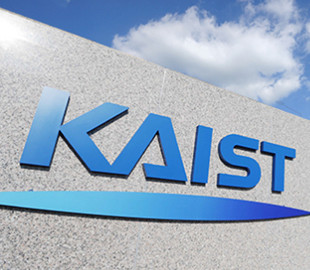
Scientists at the Korea Advanced Institute of Science (KAIST) have developed a high-capacity sodium-ion hybrid battery that can be charged in seconds. Sodium is a thousand times more available than lithium, making sodium-ion energy storage devices more attractive than traditional lithium-ion.
Led by Professor Zhong Ku Kang from the Department of Materials Science, the team of researchers combined anode materials commonly used in batteries with cathodes suitable for supercapacitors. This combination allowed the battery to achieve high capacity and charge-discharge rates. The study shows that the battery could be a promising alternative to next-generation lithium-ion batteries.
The assembled complete cell, including the engineered anode and cathode, forms a high-performance hybrid sodium-ion energy storage device that exceeds the energy density of commercial lithium-ion batteries. According to the researchers, the device has the power density characteristics of supercapacitors.
“The development of a hybrid battery with high energy and power requires improving the slow energy storage rate of battery-type anode materials, as well as improving the relatively low capacity of supercapacitor-type cathode materials,” the team said in a statement.
Sodium batteries can meet the growing demand for low-cost electrochemical energy storage devices with high energy density for long operation from a single charge and fast charging power for a wide range of applications from mobile electronic devices to electric vehicles and large-scale power systems.
According to with research, the sodium-ion hybrid system can reach an energy density of 247 W*h/kg and a power density of 34,748 W/kg. Professor Kang notes that the research is a breakthrough in overcoming the current limitations of energy storage systems and expects it to be widely used in various electronic devices, including electric cars.
The research, co-authored by Jeong Hui Choi and Dong Won Kim, was published in the journal Energy Storage Materials.
